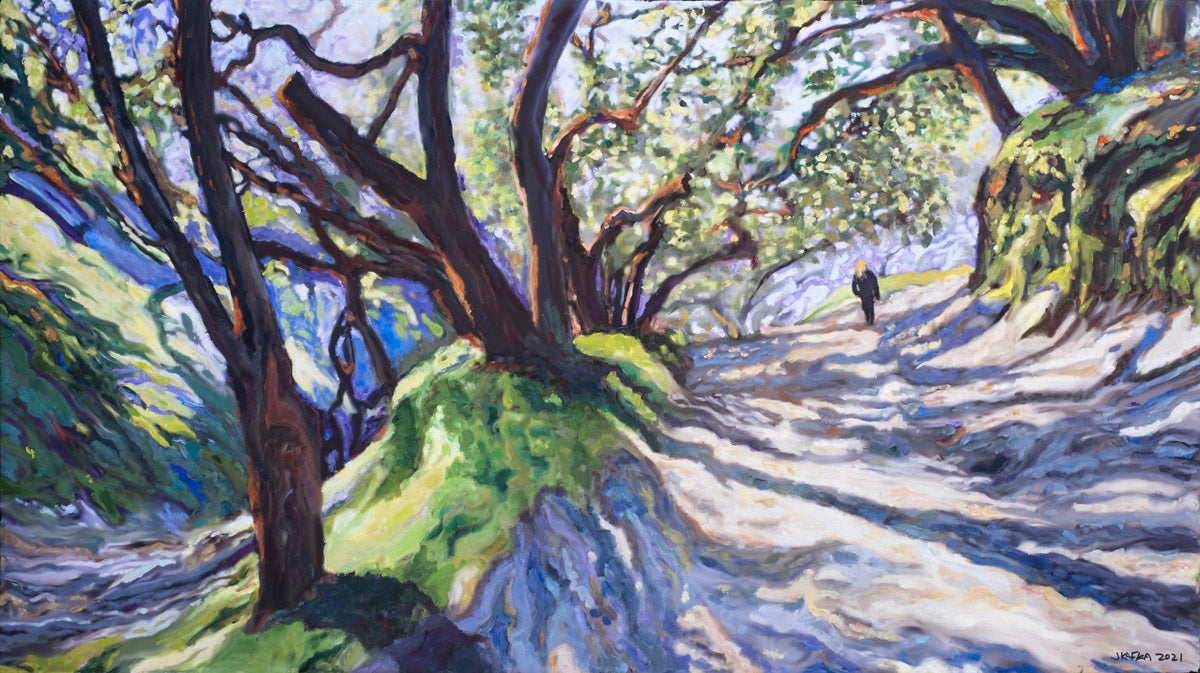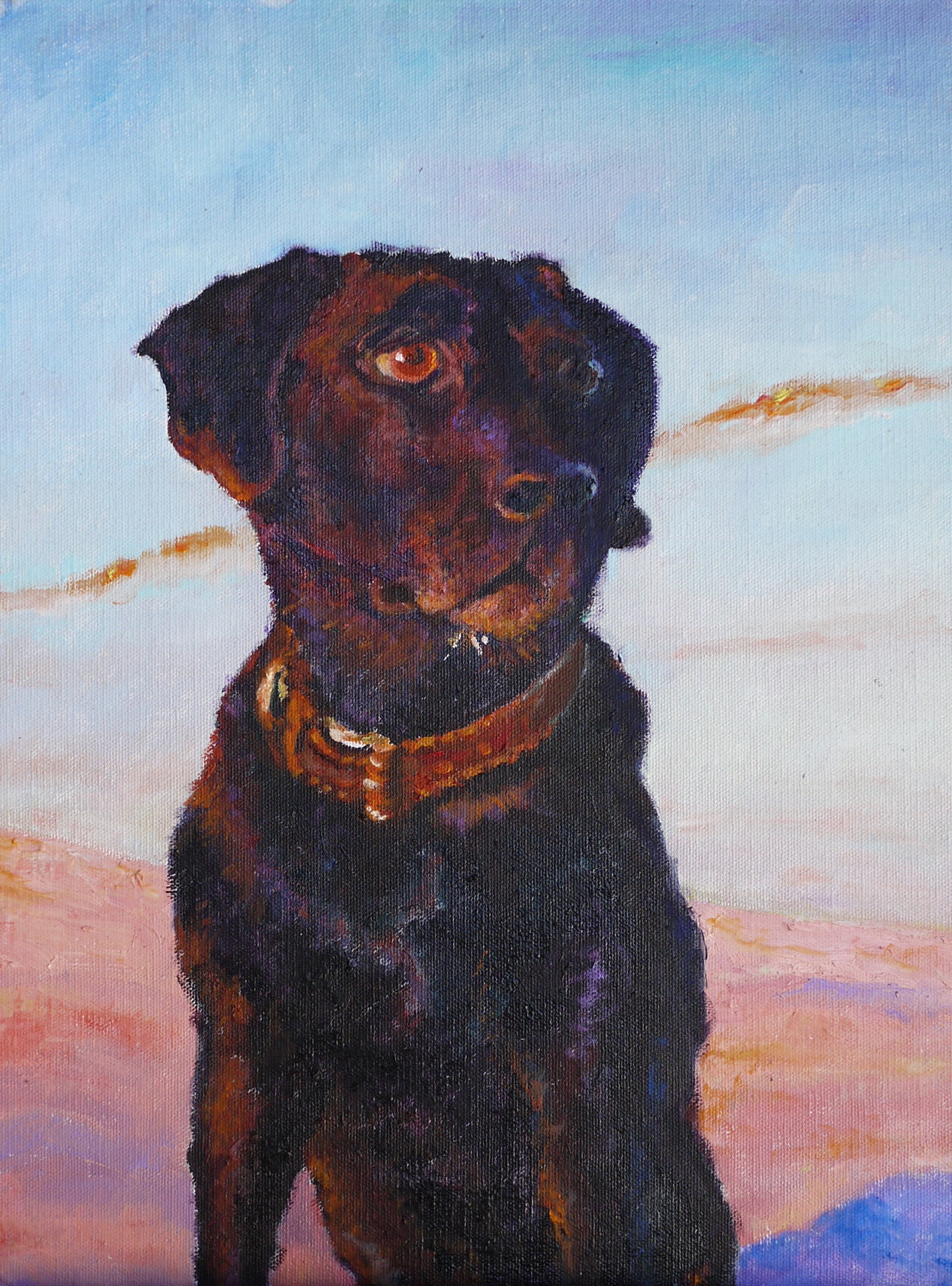Art has consistently served as a wellspring of inspiration for countless individuals. Equally captivating, however, is the exploration of what sparks the creative fire within the artist. Many renowned artists throughout history have created masterpieces inspired by their loved ones, often family members. These pieces of art are not only beautiful works of creativity but also serve as heartfelt tributes to the bonds that tie families together. In the following, we will uncover the narratives that lie behind this compendium of remarkable works and the profound emotions that ignited their creation.
"The Three Ages of Woman" by Gustav Klimt
Gustav Klimt, in another poignant tribute to a family member, painted "The Three Ages of Woman" in 1905. The painting beautifully captures the essence of life's cyclical nature, depicting a young woman, an infant, and an elderly woman. The work was inspired by Klimt's sister-in-law, Serena Lederer, who had recently become a mother. Klimt's use of symbolism in this painting is masterful, with the flowing lines and intricate details highlighting the various stages of life.
This painting represents the circle of life and the eternal connection between family members. Klimt's personal connection to the subject matter is evident in the tenderness and affection with which he portrays these three ages of a woman.
"The Dance Class" by Edgar Degas
Edgar Degas, a French Impressionist artist, is best known for his depictions of ballet dancers. In "The Dance Class," painted between 1870 and 1874, Degas offers an intimate look at the behind-the-scenes world of ballet. The central figure in the painting, a ballet master, is said to be inspired by Degas's brother, Achille De Gas, who was a skilled dancer.
"The Dance Class" is a testament to Degas's fascination with the dance world and his deep admiration for his brother's talent. The painting captures the dedication, discipline, and grace of the dancers, offering a glimpse into the family connection that inspired Degas's work.
"Portrait of Adele Bloch-Bauer I" by Gustav Klimt
Gustav Klimt, the iconic Austrian symbolist painter, is known for his opulent and sensual style. In 1907, he completed a mesmerizing portrait entitled "Portrait of Adele Bloch-Bauer I." Adele Bloch-Bauer was not just a subject; she was also Klimt's close friend and the wife of his wealthy patron, Ferdinand Bloch-Bauer. The portrait is a testament to Klimt's deep admiration and affection for Adele. It's a shimmering masterpiece, covered in gold leaf, showcasing Adele in a luxurious and extravagant fashion. Klimt's affection for Adele is palpable in the intricate details of the painting, which took several years to complete.
"Portrait of Madame X" by John Singer Sargent
John Singer Sargent, a celebrated American portrait artist, painted "Portrait of Madame X" in 1884. The mysterious beauty depicted in this work is Madame Virginie Amélie Avegno Gautreau, a French socialite and wife of Pierre Gautreau. The portrait was initially met with shock and controversy because of its provocative subject matter and Madame Gautreau's bold fashion choice. Sargent created the portrait as a gift for his close friend, the artist Virginie Amélie Avegno, who was also Madame Gautreau's cousin.
Sargent intended the painting to be a symbol of his deep friendship with Virginie and his admiration for her beauty and confidence. Although the scandal initially damaged Sargent's reputation, "Portrait of Madame X" has since become an iconic work of art, and Sargent's intention to honor his friend is more widely recognized.
"Portrait of Julia" by Robert Henri
"Portrait of Julia" is a masterpiece by American painter Robert Henri, completed in 1913. This intimate portrait is a tribute to Julia Foster, Henri's wife. The painting is a loving and honest depiction of his wife, showcasing her natural beauty and personality. Julia's soft smile and relaxed pose suggest a deep connection and understanding between the artist and his subject.
"Portrait of Julia" is a timeless testament to the love and affection that Robert Henri felt for his wife. It captures the essence of their relationship and serves as a cherished family heirloom.
"The Artist's Mother" by James McNeill Whistler
James McNeill Whistler's iconic painting, "The Artist's Mother," completed in 1871, is a beautiful tribute to his mother, Anna Matilda McNeill Whistler. Whistler's mother was a significant influence on his life and art, and he painted her in a serene and contemplative pose. The painting is an example of Whistler's signature style, characterized by its muted colors and a focus on the subject's personality.
Whistler's "The Artist's Mother" is a heartfelt portrayal of the deep bond between a mother and her son. It reflects the quiet strength and wisdom that Anna Matilda McNeill Whistler imparted to her son.
"My Wife's Lovers" by Carl Kahler
"My Wife's Lovers" is a monumental work of art by Austrian-American painter Carl Kahler. Completed in 1893, this painting is a grand tribute to the artist's wife, Hélène de Pourtalès, who was a passionate lover of cats. The painting features 42 of the couple's Siamese cats and is one of the largest cat portraits ever created.
This work by Carl Kahler is a whimsical and affectionate homage to Hélène's devotion to feline companions. The painting captures the personalities and quirks of each cat, reflecting the love and shared joy of the Kahler family.
"Mother and Child" by Mary Cassatt
Mary Cassatt, an American Impressionist painter, is celebrated for her depictions of women and children. In "Mother and Child," painted in 1890, Cassatt captures the tender and intimate bond between a mother and her child. The subject of the painting is not specifically identified, but it is widely believed to be a portrait of Cassatt's sister, Lydia, with her child.
"Mother and Child" is a tribute to the universal experience of motherhood and the deep connection between a mother and her child. Cassatt's delicate and empathetic portrayal of this family moment resonates with viewers to this day.
Conclusion
Famous art pieces created for family members are not only artistic expressions but also profound tokens of love, admiration, and connection. These works offer a glimpse into the artist's personal life and relationships, revealing the deep emotions that drove their creation. From Gustav Klimt's opulent portrait of Adele Bloch-Bauer to Mary Cassatt's tender depiction of motherhood, each of these pieces showcases the enduring power of family bonds as a source of artistic inspiration.
These masterpieces serve as a reminder that art can be a powerful means of expressing one's love and appreciation for family members. They immortalize the people who have touched the artist's life in profound ways, ensuring that their memory lives on through the canvas. These famous works of art are not just beautiful creations; they are living testaments to the enduring love and connection within families.




